Bobbers are among the best tools anglers can carry. They’re simple and allow for control over depth while also delivering an indicator of strikes for better hook setting. You can rig fishing bobbers simply or choose more advanced rigging for specific applications.
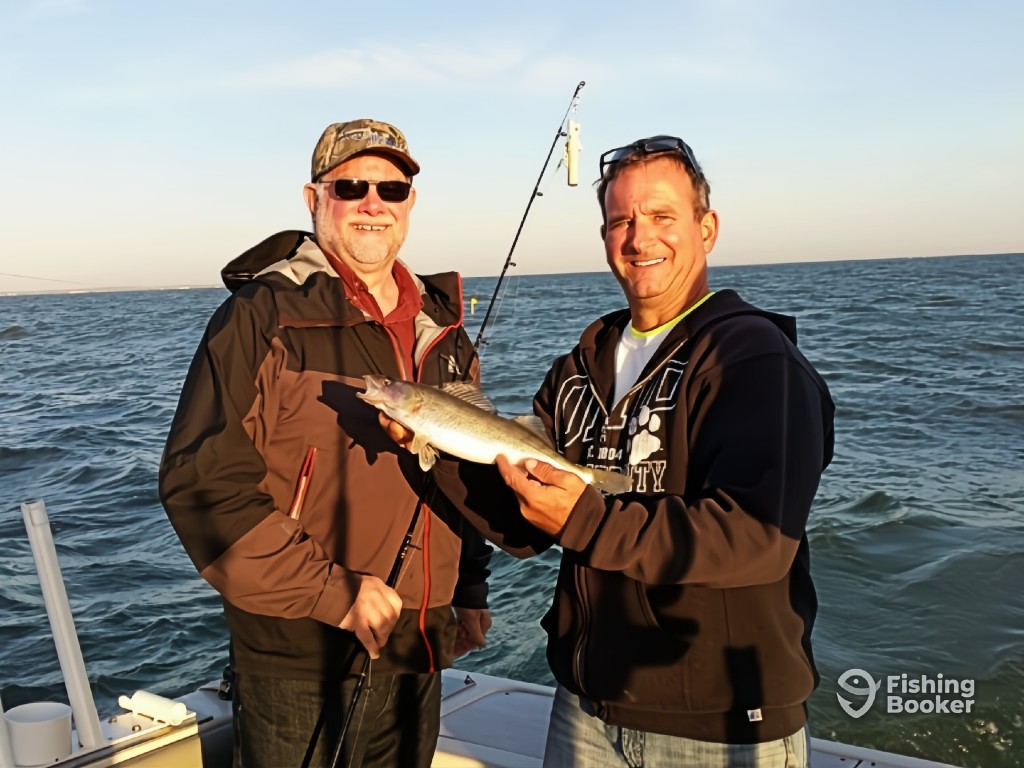
While a bobber isn’t always the right choice, they are something every angler should have in the tackle box. Read on to learn about the different types of bobbers and how you can deploy them to catch more fish…
Why are bobbers important?
For many anglers, bobbers are one of the first methods of fishing they learned. They create a static method of fishing with a sit-and-wait approach on lakes and stillwaters. They also serve as an excellent method for river fishing.
Bobbers manage the line in a way that offers exact control over the depth of your baits and even flies. They can also aid in casting by adding weights to the line. Additionally, bobbers ensure you know exactly where the hook is placed in the water.
You might hear anglers yelling, “Bobber down!” when a fish strikes. The bobber will go under, offering a great visual to set the hook. The resistance of the bobber can also aid in the initial hook set. Bobbers have long been a staple fishing style, and it’s important to learn the basics so you can use them for a large variety of species.
Types of Fishing Bobbers
Bobbers come in many different shapes and sizes. The primary distinction between bobber types is defined by the method of attachment. Slip bobbers are free on the line, while attached bobbers are clipped or bound to a specific place on the line. Let’s take a closer look:
Slip Bobber
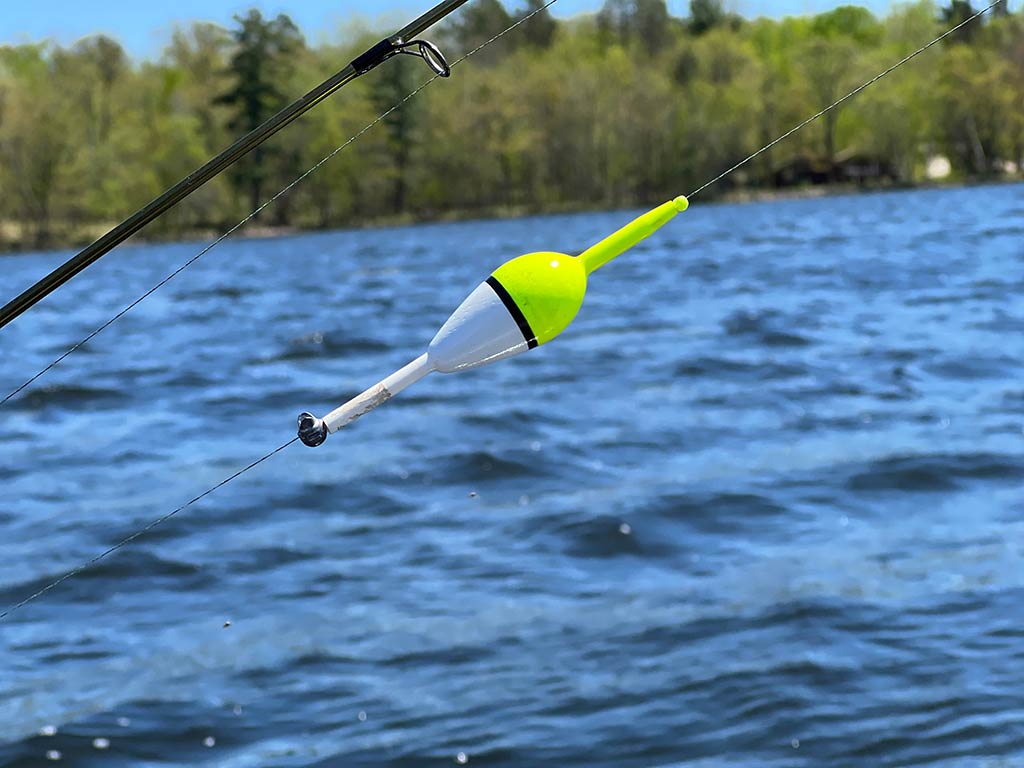
Slip bobbers slide up and down the line freely. But why would you want a bobber that isn’t attached to the line itself? Well, anglers can control the range of slip with bobbers and beads. If you want to fish in a specific range, set the bobber stop on the top and bottom of that range with beads to cushion the stop.
Oftentimes, rigging with a stopper and bead a foot or two above the hook with a splitshot weight a few inches above the hook is a great method. It allows the bobber and weight to slide against the hook while casting. When it hits the water, the weight pulls the line through, and your bobber will rest nicely against the stopper.
Slip bobbers are usually more oblong or oval-shaped. When your bait is directly under the bobber, it will ride vertically. If the bobber is tilted, it can indicate where your hook is dragging in the water column.
Spring and Clip Bobbers
These bobber styles attach directly to the line and they hold tight in a fixed position. Spring-style bobbers require force to load the spring and expose a slit for your line. After placing the line, you can remove pressure, and the spring will deliver tension to hold the line.
Clip-style bobbers have a plastic or metal clip that holds the line. The clip is often spring-loaded and will retract into a sleeve where it secures the line. These are fairly common and easy to use.
Casting Bobber
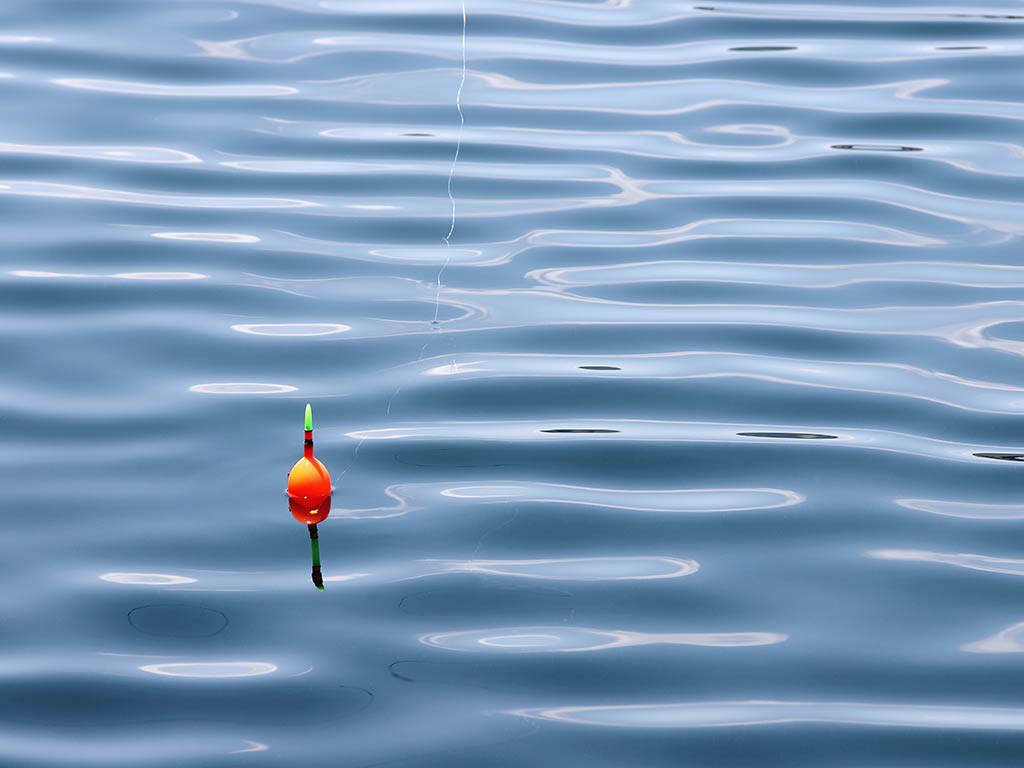
Technically, this is another form of slip bobber, but it also offers a means of adding weight to the line. I really like these when fishing light hooks. Unscrew the bobble and partially fill with water to add weight. Make sure to leave enough air to float the bobber. I like to fill about half with water, and it floats well.
One of my favorite uses for a casting bubble involves fishing flies on a spinning rod. The weight allows for a far cast, and you can hang a nymph or streamer when fish are focused on flies over bait and lures.
Strike Indicators
These are specific to fly fishing but can also work well with ultralight rigs for Crappie, Trout, and other species. Some attach to the line with a screw-on mechanism, while others have a built-in loop to tie into the line. They also have some that are pinch-on adhesive indicators. For lightweight applications, strike indicators are fantastic.
Rigging Your Fishing Bobber
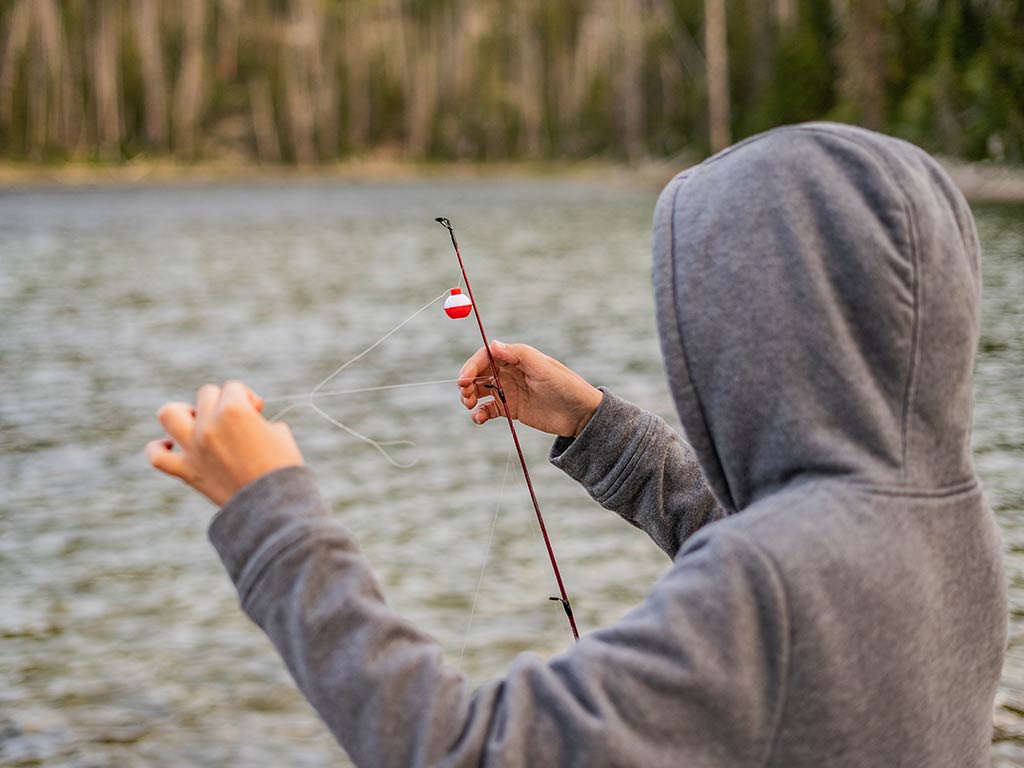
We’ve discussed bobber stoppers and beads a bit, but it’s worth taking a deeper dive into the rigging process. For fixed bobber styles, you simply attach the bobber at your preferred depth. The hook itself may or may not require extra weight. For example, a jig will sink without assistance, but a bait may float and require a few split-shot weights to achieve depth.
More complex rigging is typically associated with slip bobbers. Bobber stops are used to set depth. Stops come in different styles, with some threading on the line and others slipping over a knot to stick in place. I favor the rubber stops that slide over a knot. If the bobber is small enough, the knot alone can serve as a stopping point.
In addition to the stop, beads are used to create a buffer. This prevents damage to the knot and also minimizes tangles. Single or multiple beads allow for control over spacing while protecting the bobber and rig as a whole.
To summarize, think about depth before setting bobber stops and use beads and weight as needed. There are endless ways to rig, but simple approaches often work best.
How to Fish a Bobber

Bobbers get a bad rap for being boring. While you can certainly cast into a lake and sit back, waiting for the bobber to drop, they also work well in dynamic environments. In fast-moving rivers, using a slip bobber with a centerpin reel allows for long, perfect drifts. It’s especially effective for Steelhead and Salmon.
Imparting action on a bobber is also a good technique. Allow it to sit, then add a bump or slow retrieve to move the bait or artificial offering. The bobber maintains depth as you add motion. This is a great way to combine control with mild action.
Otherwise, allow your bobber to sit idle until a fish finds your bait. Break out a chair, enjoy time with friends and family, and keep an eye on the bobber as it manages the line and fishes for you.
When to Bobber Fish
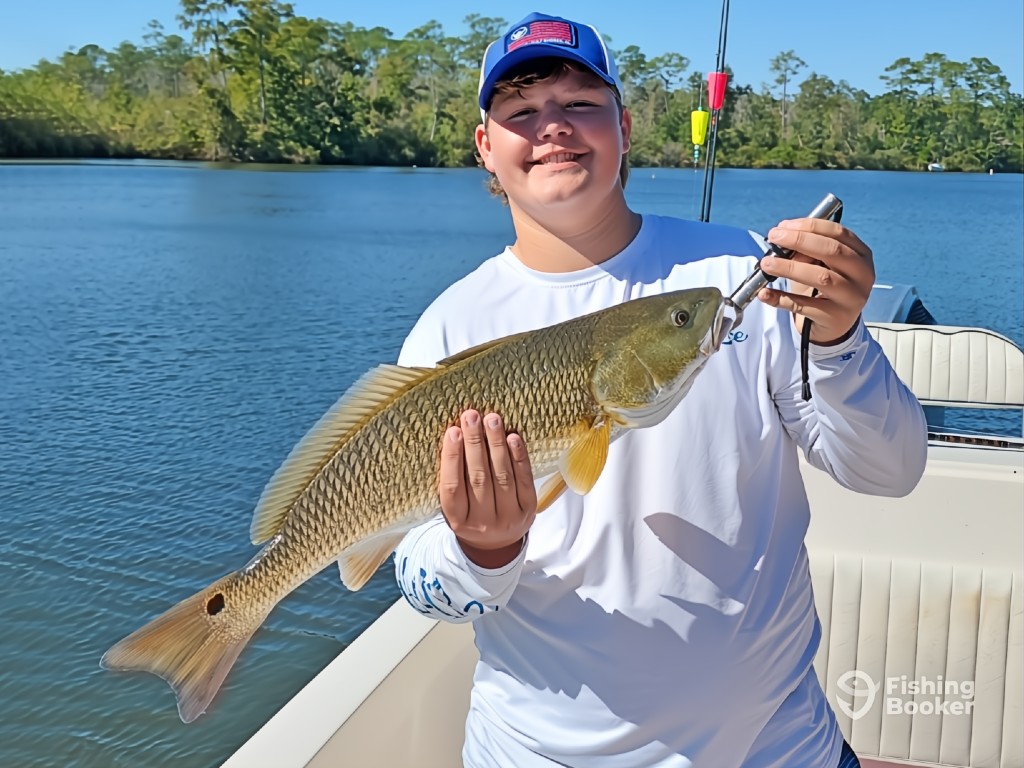
Bobbers are nearly always a viable option, but you must determine when they’re more effective than other methods. I find that bobbers work best when fish are suspended or holding in areas where you want to keep your bait in the zone for longer.
Lures work best when the fish are moving and attacking, but sometimes they lock up and become more difficult. Consider a bobber for this situation. With the right offering and depth, you can wait for one to strike without constant casting.
Bobbers also work really well when casting is difficult because they minimize the need to cast. You can put out one good cast and wait it out. I typically start with a lure or more aggressive option, then switch to a bobber if the fishing is slow.
Bobber Fishing FAQs
Will you try bobber fishing?
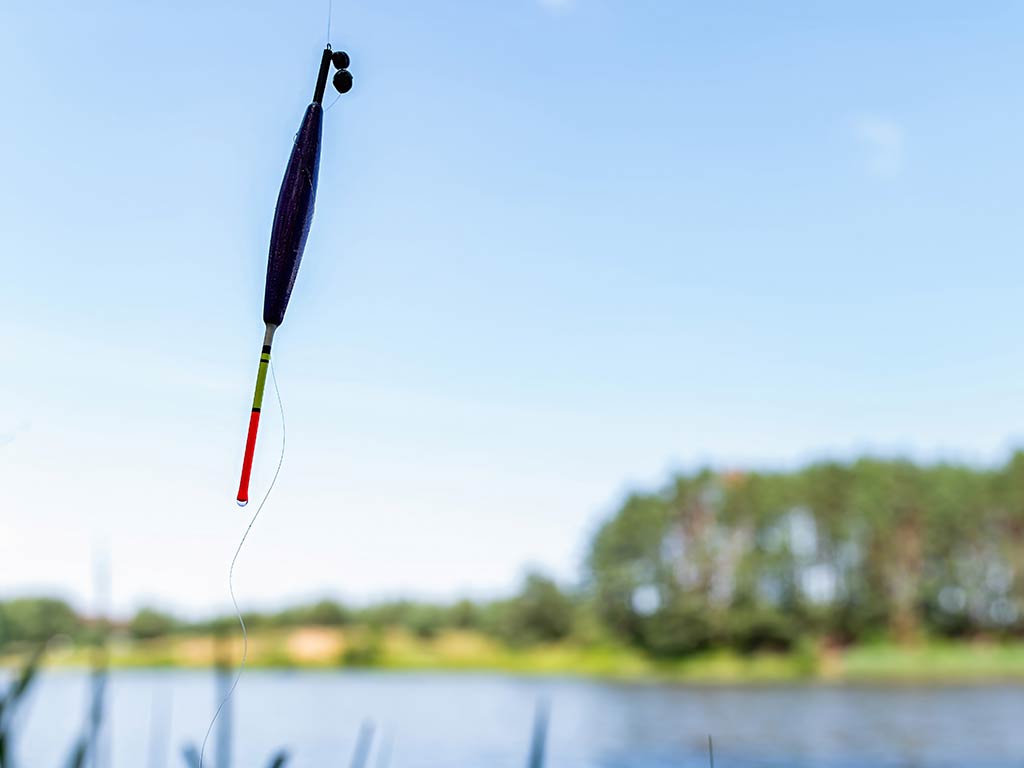
I like to fish using different techniques, but always carry a few bobbers in my tackle box. When the water temperatures are cold or fish movement slows, I lean into my bobbers. They’re fun, effective, and rigging is simple. Carry a couple of bobbers and put them to use to catch more fish in difficult situations!
What are your favorite styles and rigging for bobbers? We’d love to hear your thoughts in the comments below!
